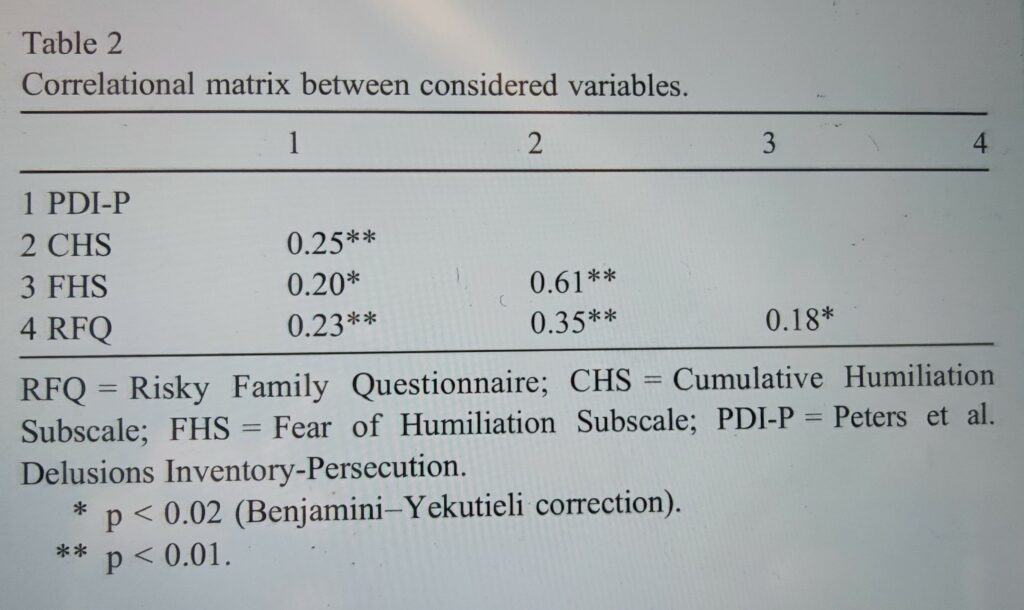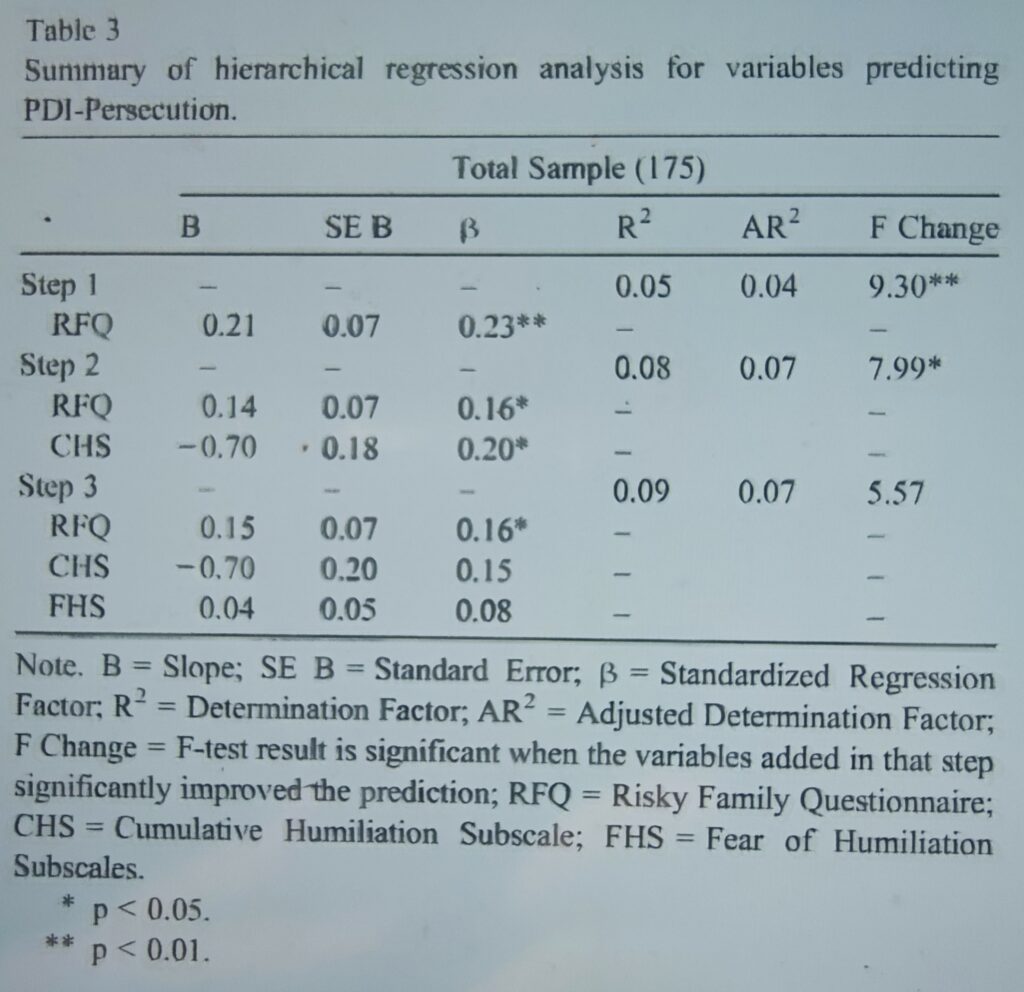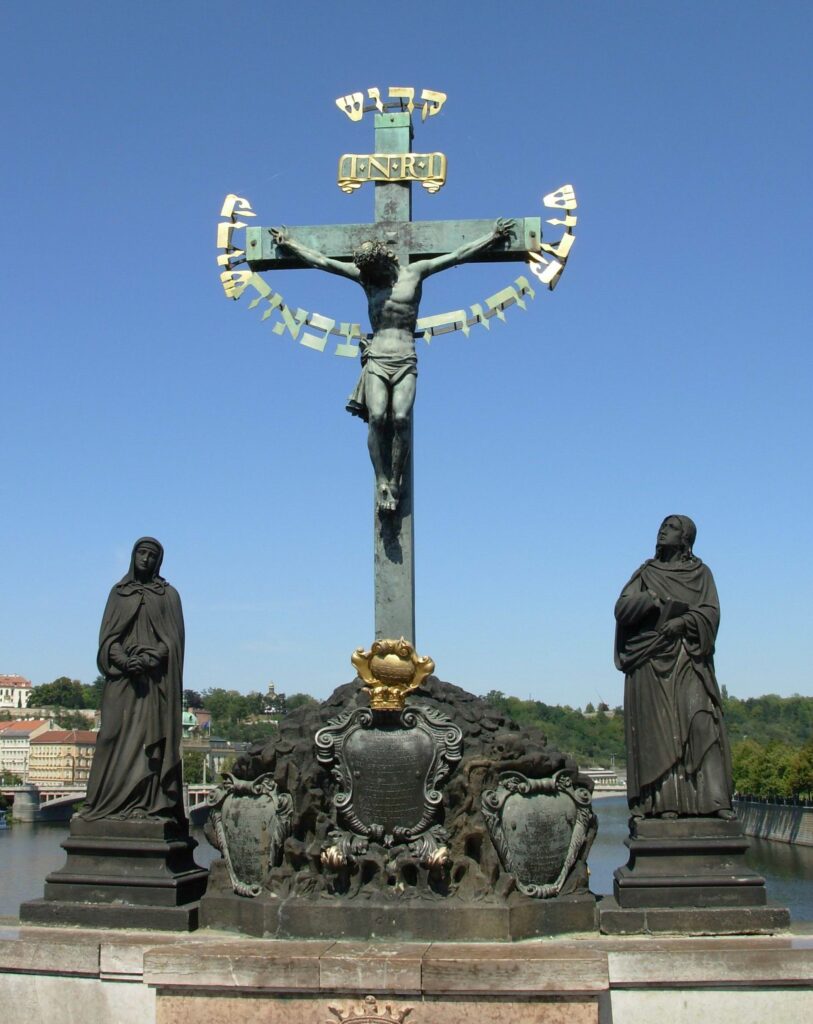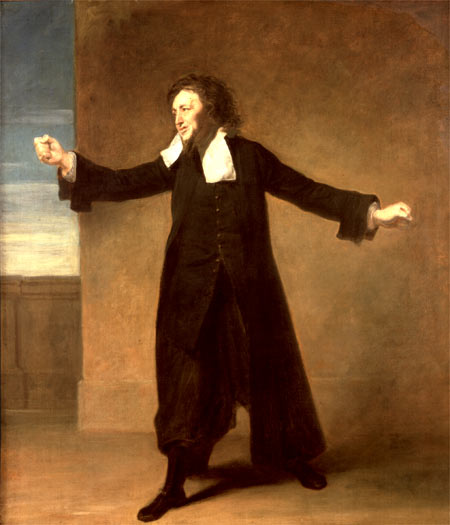Our view of sadism is further prejudiced by the circumstance that this instinct, side by side with its general aim (or perhaps, rather, within it), seems to strive towards the accomplishment of a quite special aim – not only to humiliate and master, but, in addition, to inflict pains. Psychoanalysis would appear to show that the infliction of pain plays no part among the original purposive actions of the instinct. A sadistic child takes no account of whether or not he inflicts pains, nor does he intend to do so. But when once the transformation into masochism has taken place, the pains are very well fitted to provide a passive masochistic aim; for we have every reason to believe that sensations of pain, like other unpleasurable sensations, trench upon sexual excitation and produce a pleasurable condition, for the sake of which the subject will even willingly experience the unpleasure of pain. When once feeling pains has become a masochistic aim, the sadistic aim of causing pains can arise also, retrogressively; for while these pains are being inflicted on other people, they are enjoyed masochistically by the subject through his identification of himself with the suffering object. In both cases, of course, it is not the pain itself which is enjoyed, but the accompanying sexual excitation – so that this can be done especially conveniently from the sadistic position. The enjoyment of pain would thus be an aim which was originally masochistic, but which can only become an instinctual aim in someone who was originally sadistic.
Sigmund Freud, “Instincts and their vicissitudes” (1915) in The standard edition of the complete psychological works of Sigmund Freud vol XIV, Trad. James Strachey, The Hogarth Press, London, 1957, p. 128
Pour concevoir le sadisme, on se heurte également à cette circonstance : cette pulsion semble, à côté de son but général (ou, pour mieux dire peut-être à l’intérieur de celui-ci, poursuivre une action commandée par un but tout à fait spécial. Il faut humilier, dominer, mais aussi infliger de la douleur. Or la psychanalyse semble montrer qu’infliger de la douleur ne joue aucun rôle dans les buts originairement poursuivis par la pulsion. Pour l’enfant sadique, infliger de la douleur n’entre pas en ligne de compte, ce n’est pas ce qu’il vise. Mais, une fois que la transformation en masochisme s’est accomplie, les douleurs se prêtent parfaitement à fournir un but passif masochiste; nous avons en effet toutes raisons d’admettre que les sensations de douleur, comme d’autres sensations de déplaisir, débordent sur le domaine de l’excitation sexuelle et provoquent un état de plaisir; voilà pourquoi on peut aussi consentir au déplaisir de la douleur. Une fois qu’éprouver de la douleur est devenu un but masochiste, le but sadique, infliger des douleurs, peut aussi apparaître, rétroactivement : alors, provoquant ces douleurs pour d’autres, on jouit soi-même de façon masochiste dans l’identification avec l’objet souffrant. Naturellement, on jouit, dans les deux cas, non de la douleur elle-même, mais de l’excitation sexuelle qui l’accompagne, ce qui est particulièrement commode dans la position de sadique. Jouir de la douleur serait donc un but originairement masochiste, mais qui ne peut devenir un but pulsionnel que chez celui qui est originairement sadique.
Sigmund Freud, “Pulsions et destins des pulsions” (1915) in Métapsychologie, Folio Essais, Gallimard, 2010, p. 27



